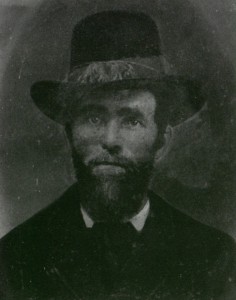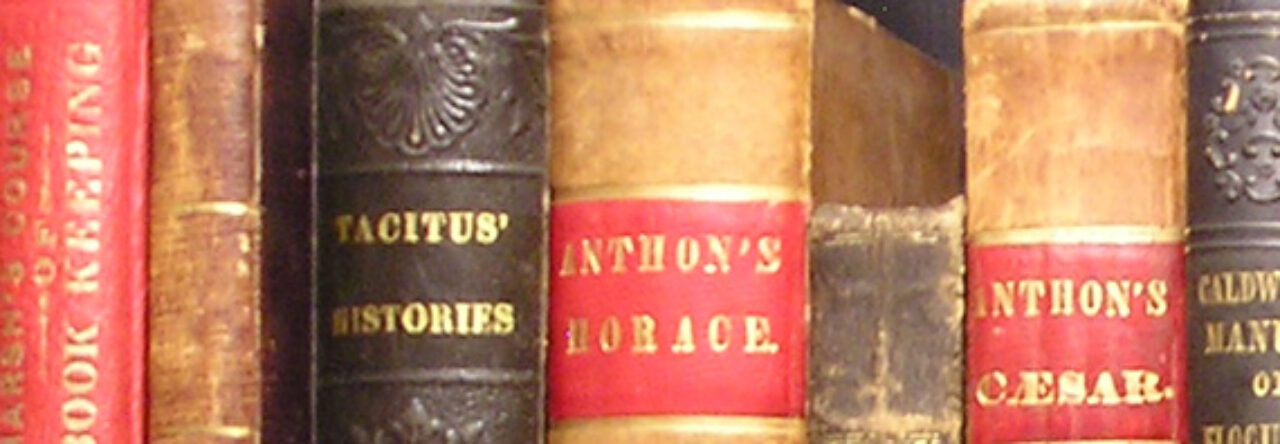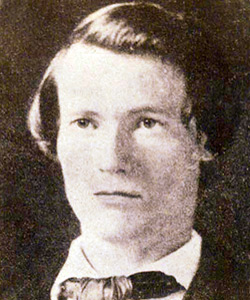
John Cantilion
Patricia Coolmeyer, “Southern Sentiments: A Look at Attitudes of Civil War Soldiers ,” Cumberland County History 7 (1990): 68-79.
Patricia Coolmeyer’s essay explores the different ways that soldiers and residents of southern Pennsylvania saw the South during the Civil War. Coolmeyer uses a wide variety of sources in her account, including letters, diaries, local newspapers, and other nineteenth-century publications.
James A. Holechek, “From Carlisle and Fort Couch: The War of Corporal John Cantilion,” Cumberland County History 10 (1993): 71-80.
James A. Holechek’s article focuses on Corporal John Cantilion’s experiences in central Pennsylvania during the summer of 1863. Cantilion served in the 4th United States Cavalry and was stationed at Carlisle Barracks in early June 1863. This essay includes transcripts of letters that Cantilion wrote from Carlisle Barracks on June 19 and from Fort Couch on June 23. Holechek also provides the transcript of a letter that Cantilion’s wife, Sarah, wrote in early November 1863. However, Cantilion died on November 12, 1863 and never received that letter. In addition, photographs of John and Sarah Cantilion are reproduced in this essay.
These articles has been posted online with permission from the Cumberland County Historical Society.

